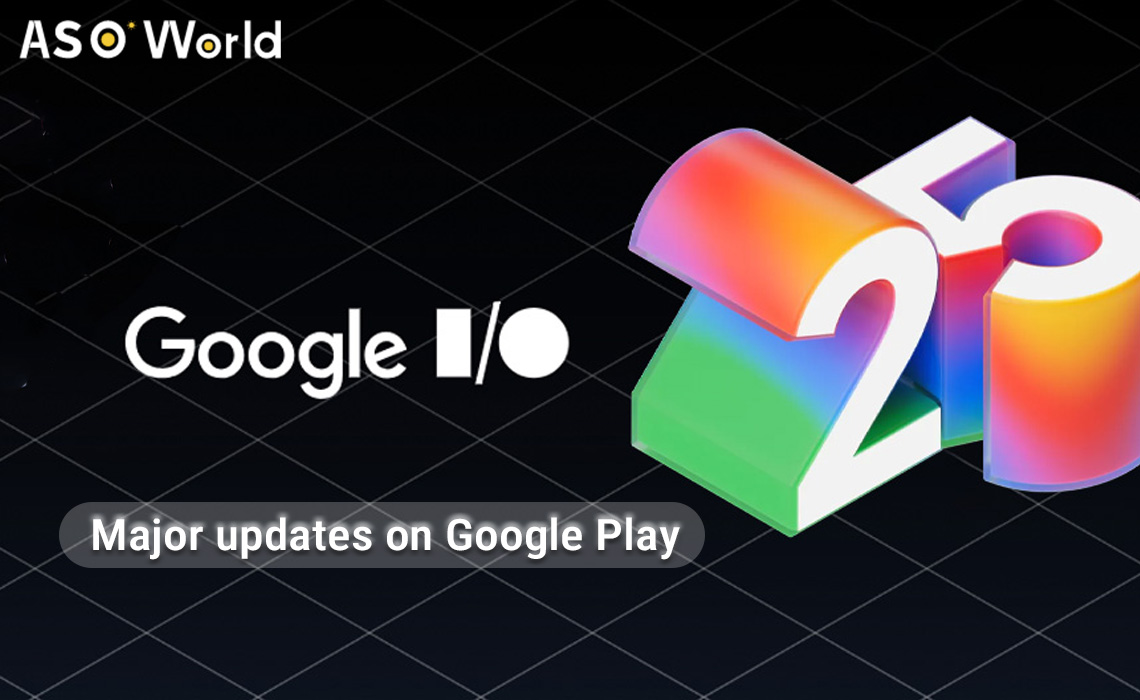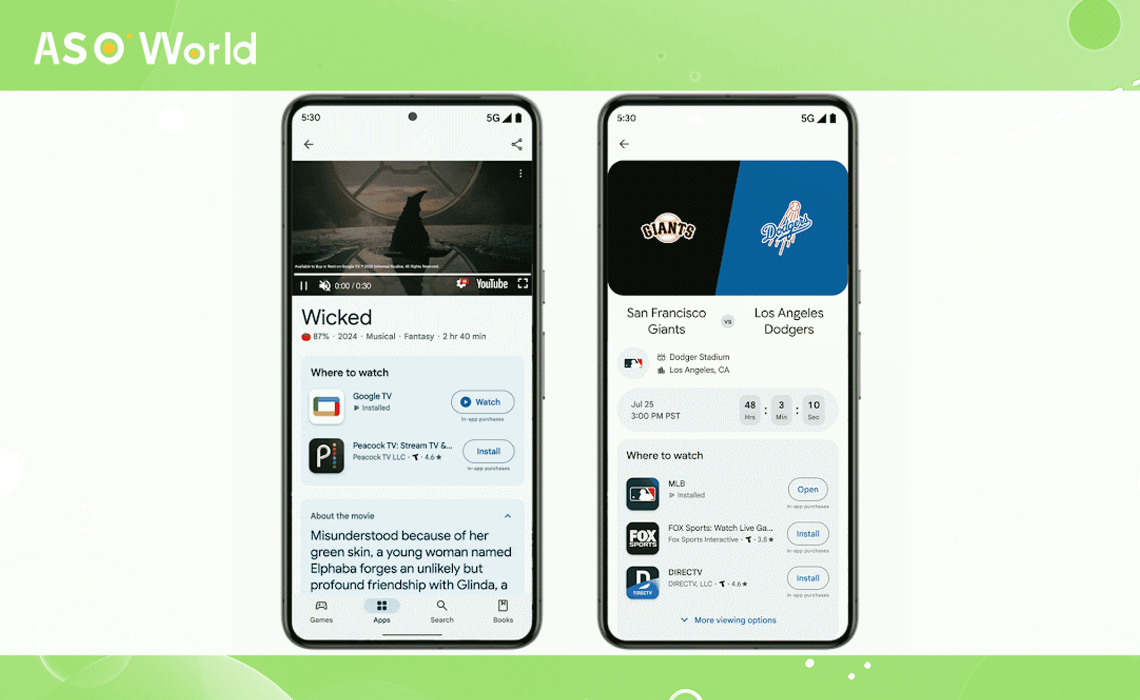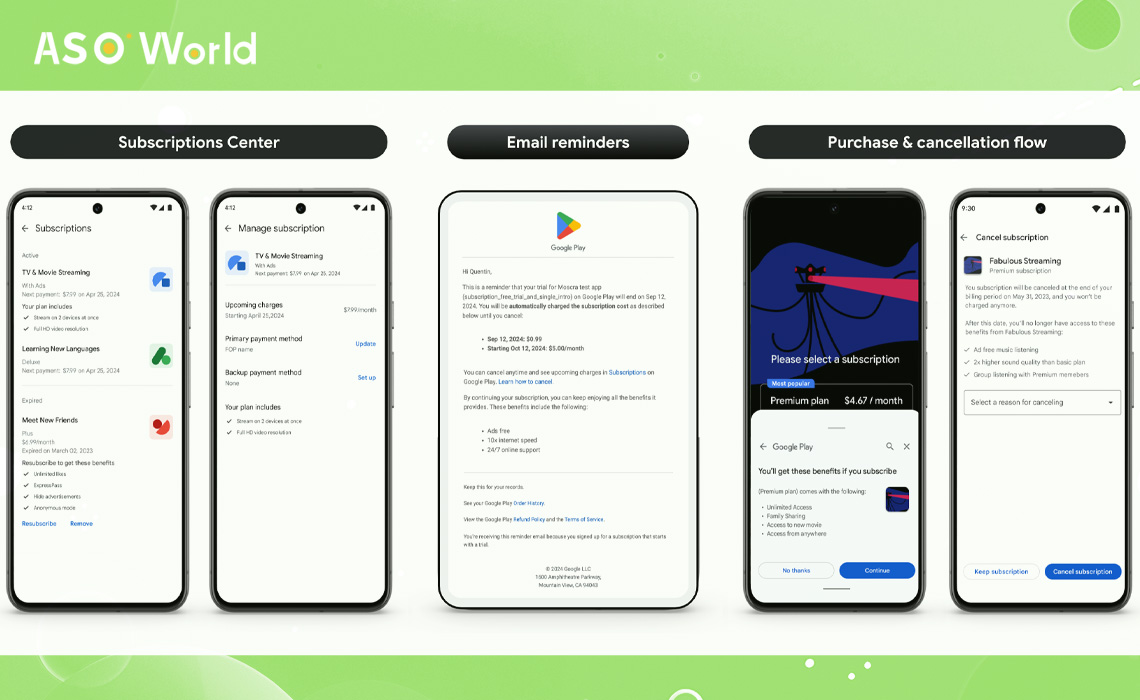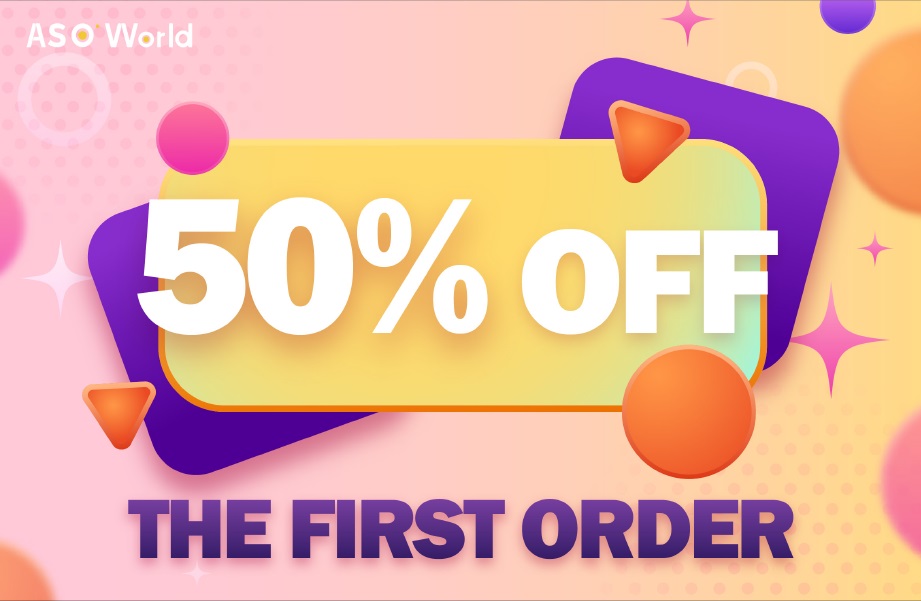New Compliance Requirements for Social Media Apps Under Australia’s Under-16 Ban






Find out how Google Play’s 2025 updates are designed to enhance app discoverability, simplify subscriptions, and equip developers with tools for improved engagement and monetisation.

At Google I/O 2025, Google unveiled a comprehensive set of updates to Google Play, concentrating on improving app discovery, streamlining subscription management, and enhancing developer tools. These changes are strategically designed to help developers attract more users and increase revenue in an increasingly competitive mobile app market.
With features such as topic browse pages, multi-product checkout for subscriptions, and a redesigned Play Console, Google is addressing key challenges for developers whilst responding to growing regulatory scrutiny and competition from alternative app distribution platforms.
Google Play has introduced topic browse pages to improve the way users discover apps. Initially launched in the U.S. for media and entertainment, these pages encompass over 100,000 films, TV shows, and sports events. Users can access these pages via the Apps Home, store listings, and search, offering a curated, contextually relevant method to explore apps. This feature is set to roll out globally later this year.
image source: Android Developers Blog
Complementing these are curated spaces, which focus on seasonal and regional interests, such as football in Brazil or comics in Japan. These spaces now incorporate editorial content, promotions, and media such as match highlights, driving steady user engagement. For instance, the comics space in Japan attracts 920,000 highly engaged users each month.
To further boost app visibility, developers can now integrate hero content carousels and YouTube playlists directly into app listings. Additionally, audio previews are now available on the Apps Home for apps with audio features, starting with Health & Wellness apps in the U.S. Early tests indicate that users are three times more likely to install an app after listening to an audio preview.
Acknowledging the importance of subscriptions for app monetisation, Google Play has introduced multi-product checkout, allowing developers to offer base subscriptions and add-ons within a single payment flow. This simplifies the user experience and provides developers with greater flexibility in pricing and bundling.
To tackle user churn, Google has implemented several measures:

Google Play now prompts users to set up payment methods during device onboarding and employs AI to recommend payment methods contextually throughout the shopping journey. Additionally, cart abandonment prompts are being used to re-engage users, further supporting developers in converting potential customers.
The Play Console has been overhauled around four key developer objectives: testing and releasing, monitoring and improving, growing users, and monetising. New overview pages consolidate related metrics and provide contextual recommendations via a “Take Action” section, helping developers proactively tackle performance and engagement challenges.
A significant operational upgrade allows developers to pause fully-live app releases in the event of critical bugs, a notable improvement over the previous system, which lacked rollback flexibility once a release reached 100% rollout.
The asset library has been revamped to allow easier management of visual assets via Google Drive integration, tagging, and cropping. Developers also gain access to open metrics, providing deeper insights into how users interact with app listings, including how they attract, engage with, and re-engage with apps.
To address security concerns, Google has enhanced the Play Integrity API with device security checks for sensitive operations, such as money transfers or data access. A new beta feature detects the reuse of devices for abuse, even after factory resets, helping to prevent fraud and misuse.

The Engage SDK, which allows developers to deliver tailored content directly to Android users’ home screens, is expanding its capabilities. New content categories, such as travel, are now supported, and its reach will extend to the Play Store itself and globally via features like Collections and the Entertainment Space on select Android tablets. This feature is already live in countries including Brazil, India, Indonesia, Japan, and Mexico.
Google I/O 2025 marked a pivotal moment for Google Play as the platform continues to adapt to the rapidly evolving mobile app market. By enhancing discovery and engagement features, Google is reinforcing its competitive edge, while the new tools for developers provide much-needed flexibility to optimise app performance and monetisation.
These changes are expected to have a significant impact on both user experience and the wider app ecosystem in the coming months. As Google continues to innovate, it is evident that the company is positioning itself to remain a dominant force in mobile app distribution.

Get FREE Optimization Consultation
Let's Grow Your App & Get Massive Traffic!
All content, layout and frame code of all ASOWorld blog sections belong to the original content and technical team, all reproduction and references need to indicate the source and link in the obvious position, otherwise legal responsibility will be pursued.